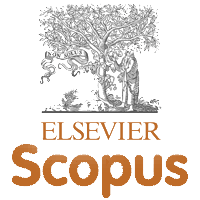EXPLORING SURGICAL AND NON-SURGICAL INTERVENTIONS FOR MANAGING STRABISMUS
Abstract
Strabismus, commonly known as crossed eyes or squint, is a visual disorder characterized by the misalignment of the eyes. This condition can lead to reduced depth perception, double vision, and social stigma.
Management strategies for strabismus include both surgical and non-surgical interventions aimed at correcting eye alignment and improving visual function. This essay explores the different surgical and non-surgical approaches used in the management of strabismus, their indications, benefits, risks, and outcomes.
non-surgical interventions such as vision therapy, prism lenses, and botulinum toxin injections are discussed alongside surgical procedures like strabismus surgery, adjustable suture techniques, and eye muscle recession/resection. The importance of individualized treatment plans and the multidisciplinary approach in the management of strabismus are highlighted.
Through a comprehensive understanding of these interventions, healthcare professionals can provide optimal care for patients with strabismus, ultimately improving their quality of life.






